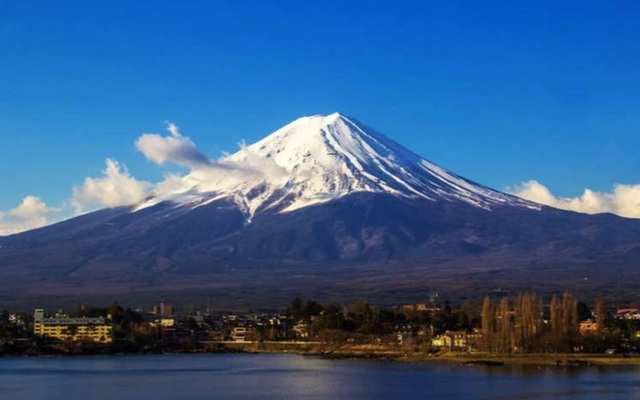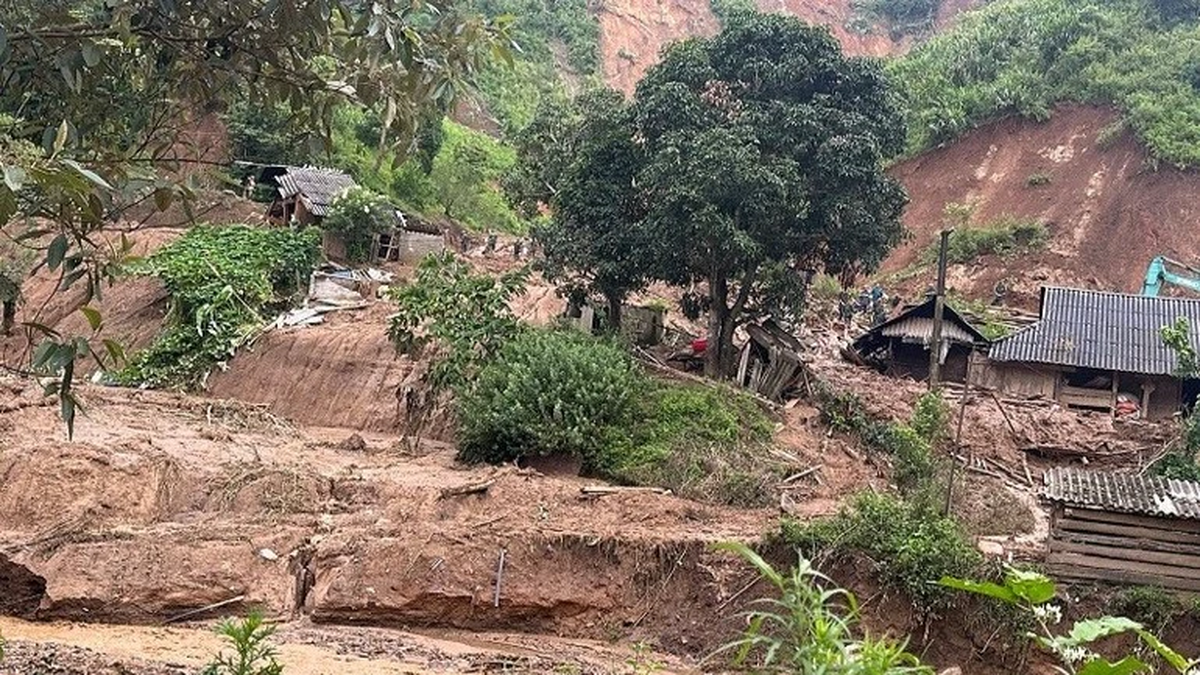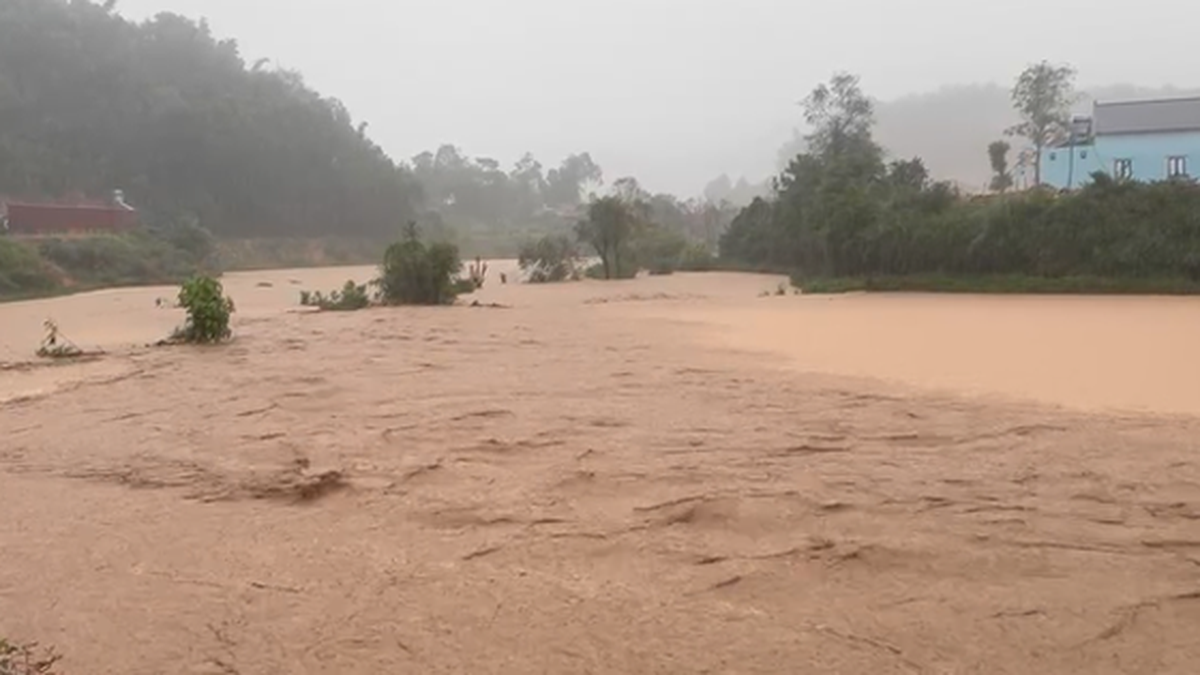Japan's highest peaks are usually covered in snow by early October, but as of Tuesday, Mount Fuji's summit was bare, raising alarm about the impact of the climate crisis on one of the country's most beloved landmarks.
Typically, the first snow of the season signals the coming of winter right after the summer climbing season ends this year on September 10. According to the Japan Meteorological Agency, snow starts forming on Fuji on October 2 on average, and last year it was recorded on October 5.

Mount Fuji is still snow-free this season.
PHOTO: GETTY
Japan's Kofu Local Meteorological Office, which has announced the first snowfall on Fuji every year since its establishment in 1894, has yet to announce it this year, citing unseasonably warm weather.
"Because high temperatures have continued in Japan since summer and it has been raining, there has been no snowfall. The lack of snow as of October 29 has beaten the previous record of October 26 set in 1955 and 2016," Shinichi Yanagi, a meteorologist at the Kofu Bureau, told CNN.
Japan recorded its hottest summer on record this year since records began in 1898. The average temperature from June to August was 1.76 degrees Celsius above normal, surpassing the previous record of 1.08 degrees set in 2010.
Japan has been "unusually warm" in autumn, with at least 74 cities recording temperatures of 30 degrees Celsius (86 degrees Fahrenheit) or more in the first week of October due to the climate crisis, according to analysis from non-profit research group Climate Central.

Snow covered Mount Fuji is the iconic beauty of Japan
Later snowfall on Mount Fuji could be a worrying sign for the world's climate, with warmer winters affecting snow, tourism, local economies , food and water supplies and even allergies.
Straddling Japan's Yamanashi and Shizuoka prefectures, the 3,776-meter-high Mount Fuji is a UNESCO World Heritage Site and a symbol of Japan.
Fuji is usually covered in snow for most of the year until the annual climbing season begins in July, welcoming millions of visitors eager to climb to the summit or watch the sunrise from its famous slopes.
Source: https://thanhnien.vn/nui-phu-si-bien-doi-ky-la-chua-tung-co-trong-130-nam-qua-185241030075429732.htm


































































































Comment (0)